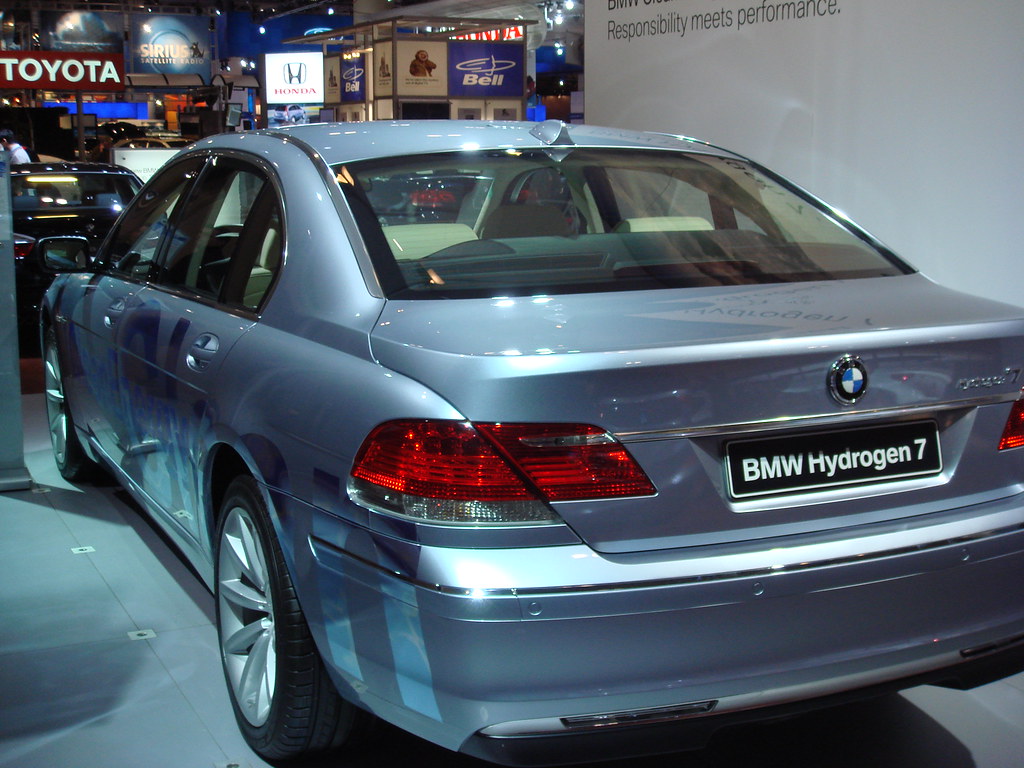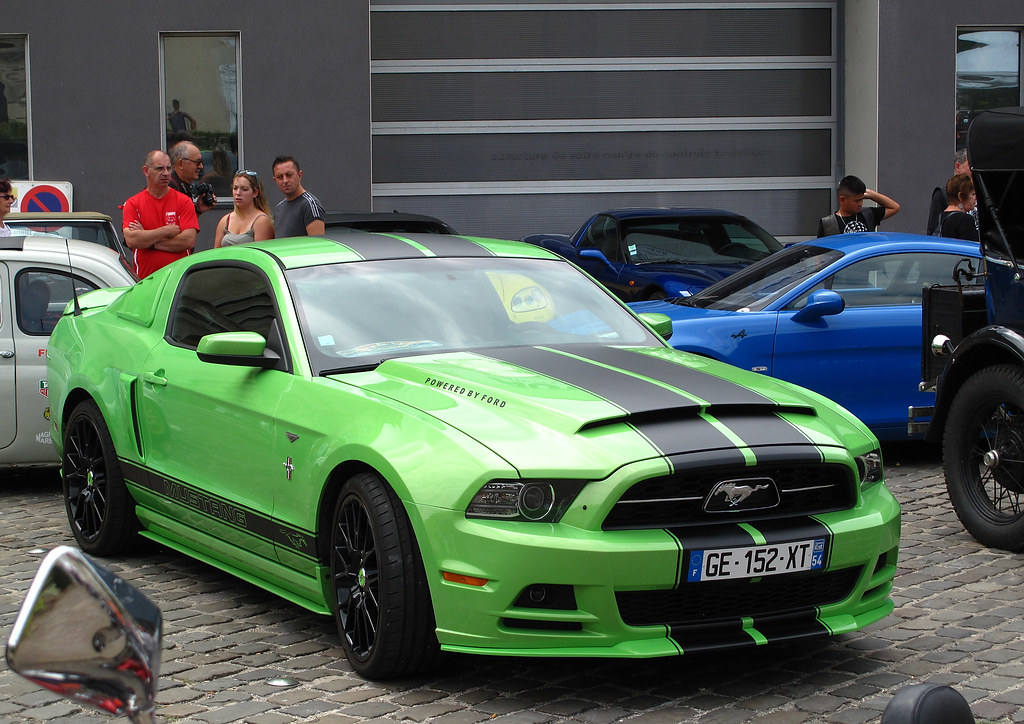
The 1970s were a chaotic era for the automotive world, characterized by groundbreaking innovations, evolving consumer needs, and unfortunately, a host of poorly conceived car models. Among these, 18 notorious cars stand out, forever imprinted in the memories of both avid car enthusiasts and casual drivers, as we take a nostalgic stroll through the most infamous automotive blunders!

1. **AMC Gremlin (1970)**: The Gremlin was an ambitious attempt to tap into the growing subcompact market, but it fell short in execution, leaving much to be desired. Crafted by AMC’s Richard Teague, it was essentially a shortened Hornet, resulting in an oddly proportioned vehicle that raised eyebrows. With its clumsy design, subpar materials, and uninspiring driving experience, the Gremlin quickly became the butt of jokes in automotive circles, especially notorious for its vacuum-operated windshield wipers that famously malfunctioned during downpours, impeding visibility.

2. **Triumph Stag (1970)**: If there’s ever been a car that epitomizes the concept of ‘style over substance,’ it has to be the Triumph Stag. With its sleek lines and luxurious interiors, the Stag turned heads on the street, yet beneath its glossy surface lay a troublesome 3.0-liter V8 engine notorious for reliability woes. Timing chains often snapped, heads warped, and water pumps frequently failed, leaving many owners frustrated and stranded, showcasing how stunning looks can sometimes mask disappointing performance and dependability.

3. **Chrysler Imperial LeBaron Two-Door Hardtop (1971)**: By the time the early ’70s rolled around, the once-grand Imperial brand was a shadow of its former self. The LeBaron was seen as an overly luxurious car that was more about show than engineering excellence. Its excessive size and heavy build made it cumbersome, while the interior was described as resembling a third-world casino. It’s remembered as a bloated relic of a bygone era, representing everything wrong in American luxury cars at the time.

4. **Ford Pinto (1971)**: Ah, the Pinto! No list of hated cars would be complete without this infamous model. The Pinto may not have been the worst car mechanically, but its reputation was irreparably damaged by safety concerns, particularly regarding its tendency to catch fire in rear-end collisions. The well-documented Ford Pinto memo, which calculated the cost of fixing safety issues against potential lawsuits, became a symbol of corporate irresponsibility and risk assessment gone wrong.

5. **Jaguar XK-E V12 Series III (1974)**: Once a darling of the automotive world, the Jaguar E-Type took a significant turn for the worse by 1974. The introduction of a heavy V12 engine to comply with emissions regulations made this once-great sports car sluggish and nose-heavy. Coupled with design changes that ruined its elegant lines, the XK-E became a far cry from the automotive icon it had been just a decade prior. Enthusiasts lamented the loss of its original charm and performance.

6. **Bricklin SV1 (1975)**: Hailed as the “Safety Vehicle 1,” the Bricklin SV1 was supposed to be the future of automotive safety. However, it fell well short of expectations. While it featured innovative gullwing doors and a unique plastic body, it was plagued by various mechanical failures and was notoriously slow. The irony of a safety car that could easily catch fire did little to bolster its reputation, leading to its demise in the marketplace.

7. **Morgan Plus 8 Propane (1975)**: Renowned for their classic appeal and craftsmanship, Morgan cars faced a challenge with the Plus 8 Propane model, which struggled to meet U.S. emissions standards. The unconventional choice to use propane was marred by poor engineering, placing the tank alarmingly close to the rear bumper, leading to safety concerns. This model failed to reflect the esteemed reputation of the Morgan brand, resulting in a hasty exit from the market and leaving fans puzzled.

8. **Triumph TR7 (1975)**: The TR7 was marketed as the “shape of things to come,” but it quickly became a shape that many wished had never arrived. With its consistent manufacturing issues and mediocre engineering, the TR7 suffered from reliability problems that left many owners frustrated. The design, which resembled a doorstop, didn’t help its case either; it became an emblem of everything wrong with British Leyland during its decline.

9. **Trabant (1975)**: Known as the car that represented East German automotive engineering, the Trabant was a two-stroke disaster that produced an underwhelming 18 horsepower. Its design and performance were laughable, leaving it with a reputation that was ironically worse than its actual performance. As a symbol of the failures of communism, the Trabant left a lasting mark on automotive history, not for its strengths but for its numerous shortcomings.

10. **Ford Edsel (1958)**: While technically not a 1970s model, the Edsel’s legacy loomed large over the decade. Launched with high expectations, it quickly became a symbol of corporate failure and misjudgment. Despite being a reasonably good car, it suffered from overhyped marketing that led to massive public disappointment. The grotesque styling and confusing features didn’t help either, solidifying its place as one of the most hated cars of all time. Even decades later, the Edsel continues to be referenced as a classic example of how not to launch a vehicle.

11. **Ford Mustang II (1974)**: The Ford Mustang II was a drastic departure from the iconic muscle car roots of its predecessors. Born out of the oil crisis and tightening emissions regulations, this model was smaller and less powerful, much to the dismay of enthusiasts. The design was seen as a betrayal, with its rounded edges and lack of the aggressive stance that had become synonymous with the Mustang name. Despite its attempts to be more fuel-efficient, it was mocked for its performance and lack of spirit, leaving many fans longing for the classic muscle of the original Mustang.

12. **Chevrolet Vega (1971)**: The Chevrolet Vega promised big things as a compact car with a stylish design and innovative features, but it quickly became notorious for its myriad of problems. Owners reported issues with rust, engine failures, and a lack of quality control. The Vega was plagued by underwhelming performance and reliability, leading to its reputation as one of Chevy’s greatest failures. While it had its moments of popularity, the Vega left a legacy of disappointment that overshadowed its early potential.

13. **Dodge Aspen (1976)**: The Dodge Aspen was positioned as a family car but ended up being more of a headache for its owners. This mid-size sedan was criticized for its poor build quality and lack of reliability, with many experiencing frequent trips to the mechanic. Its boxy design did little to entice buyers, and the Aspen quickly became synonymous with mediocrity. Despite its intentions to compete in the family car market, the Aspen fell short, solidifying its reputation as one of the decade’s most disliked cars.

14. **Plymouth Voyager (1974)**: Targeted at the emerging minivan segment, the Plymouth Voyager often stumbled with its awkward design and mediocre performance. Although it was one of the early entrants in the minivan market, it faced significant criticism regarding its space allocation and ride comfort. Many families found themselves desiring more from a vehicle that was intended to blend practicality with comfort, making the Voyager more of a cautionary tale than a shining example of automotive innovation.

15. **Chevrolet Citation (1980)**: Launched with much hype as a groundbreaking compact car, the Chevrolet Citation quickly turned into one of the most reviled vehicles of the early ’80s. Despite its initial promise, the Citation encountered several quality issues, particularly with engines and transmissions that left drivers frustrated. Its uninspiring aesthetics and lack of engaging driving experience further solidified its reputation as a major letdown, transforming it from a hopeful revolutionary into a cautionary lesson in car launches.

16. **Buick Skyhawk (1975)**: Designed as a sporty coupe variant reflecting compact car trends, the Buick Skyhawk often failed to meet the performance expectations of drivers. With a meager horsepower output and mediocre handling, the Skyhawk struggled to establish its identity in a competitive automotive landscape. Coupled with its bland design and uninspiring interior, it failed to capture consumer attention, resulting in a forgettable legacy that many would like to forget.

17. **Ford Granada (1975)**: Marketed as a mid-size car to contend with luxury sedans, the Ford Granada often felt more like an economical option than a true embodiment of luxury. Its uninspiring design and lack of robust engine choices made it less appealing to consumers in search of a premium experience. Over time, the Granada faced mounting criticism for poor build quality and lackluster driving dynamics, ultimately leading many to regard it as a significant misstep in Ford’s vehicle lineup.

18. **Volkswagen Type 4 (1972)**: Attempting to broaden the Volkswagen family, the Type 4 unfortunately failed to strike a chord with buyers. Frequently criticized for its awkward aesthetics and lack of refinement relative to its iconic predecessors, it struggled to live up to the expectations associated with the beloved Beetle. As a result, the Type 4 became yet another example of Volkswagen’s challenges during the tumultuous 1970s, marking a less-than-stellar chapter in their storied history.

Reflecting on these automotive misadventures from the 1970s serves as a reminder of the tumultuous challenges of that era while highlighting the resilience of the automotive industry. While these models may have been labeled as failures, they ultimately contributed to the ongoing cycle of innovation and improvement. Recognizing the pitfalls of the past allows us to appreciate the advancements we see in today’s vehicles, so as we reminisce about these infamous cars, let’s also champion the evolution of the automotive world and the strides made since those challenging days.
Related posts:
The 50 Worst Cars of All Time
The Ugliest Cars of the 1970s
Like A Bad Memory: The Absolute Worst Cars Created In The 60s And 70s



